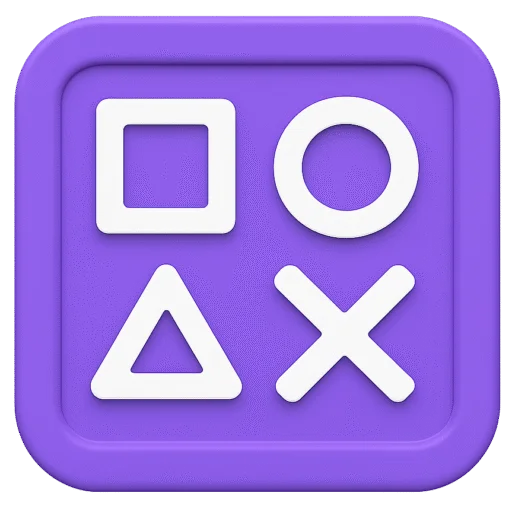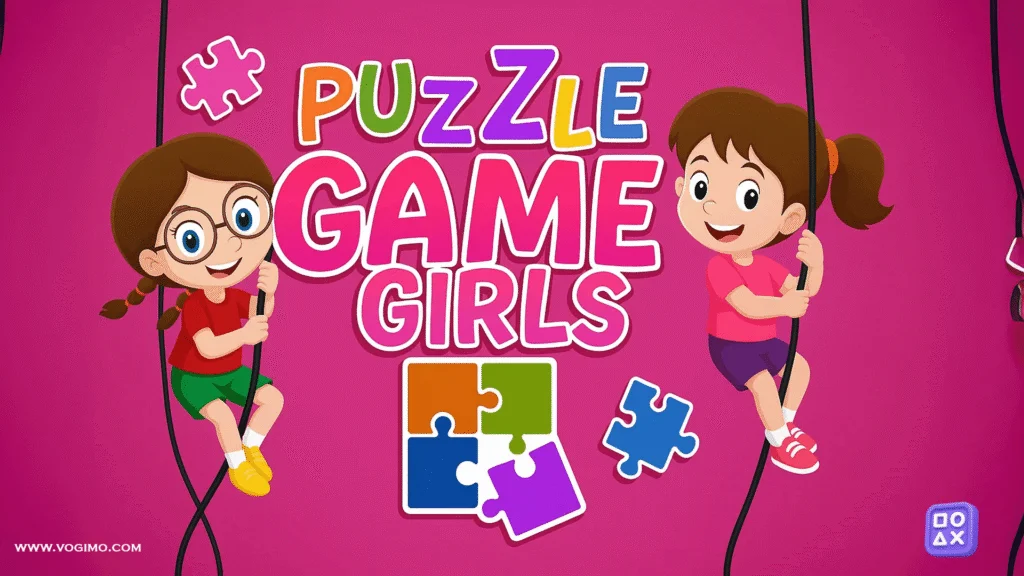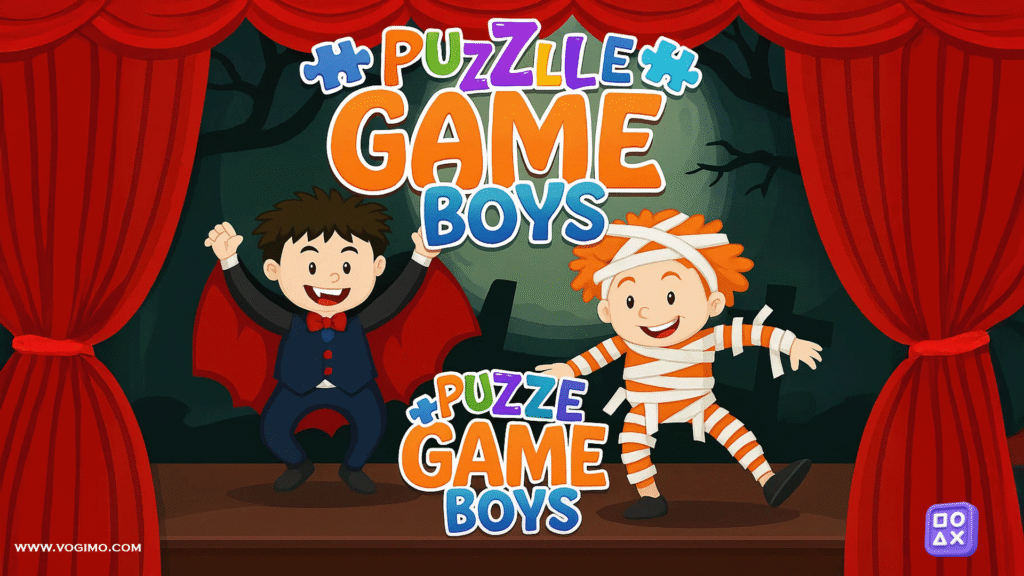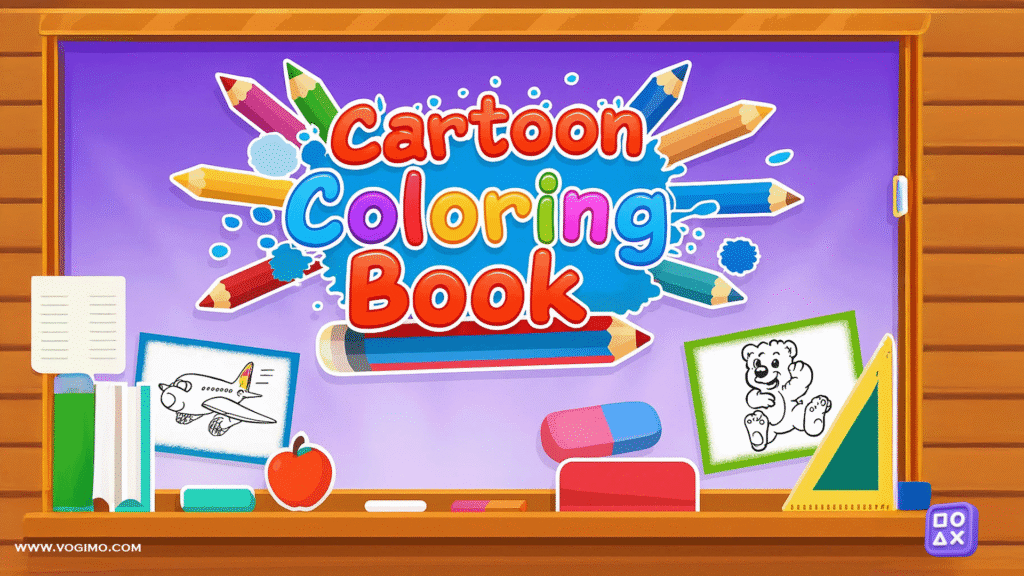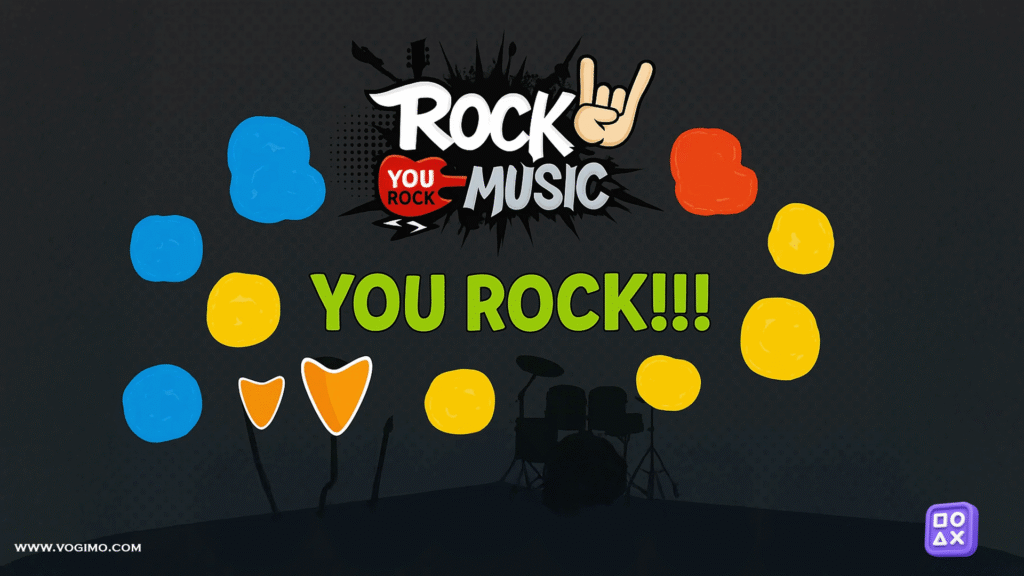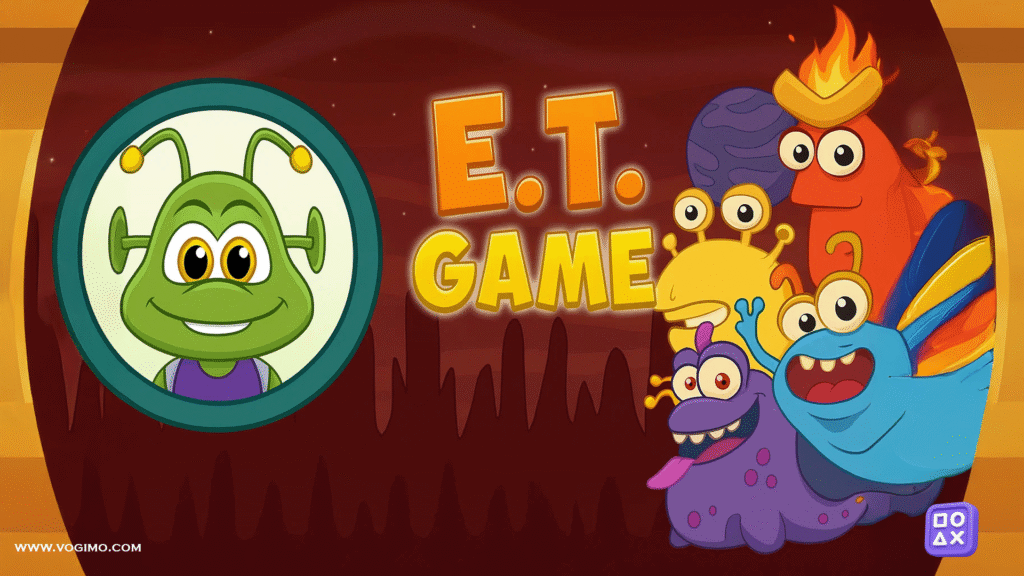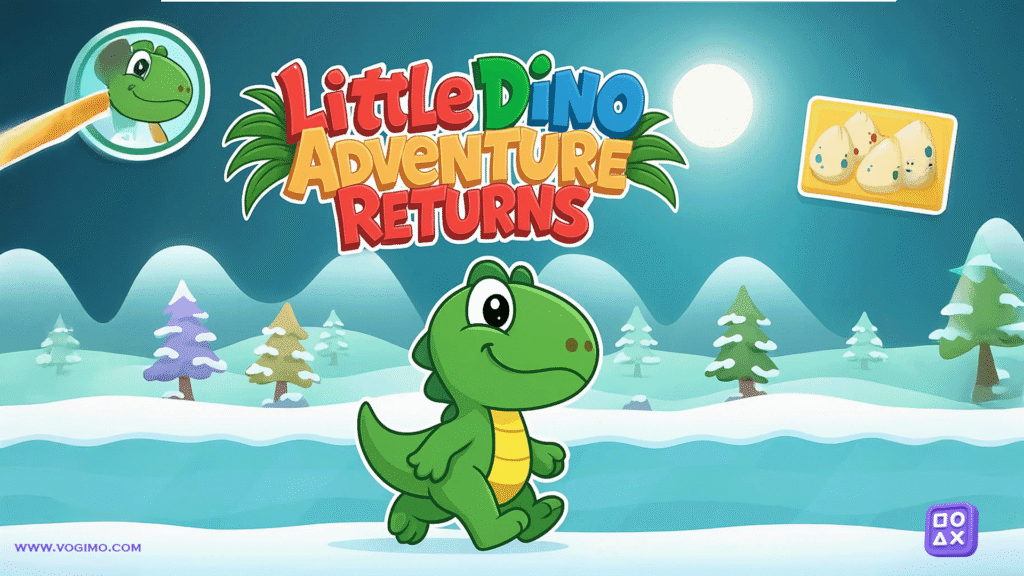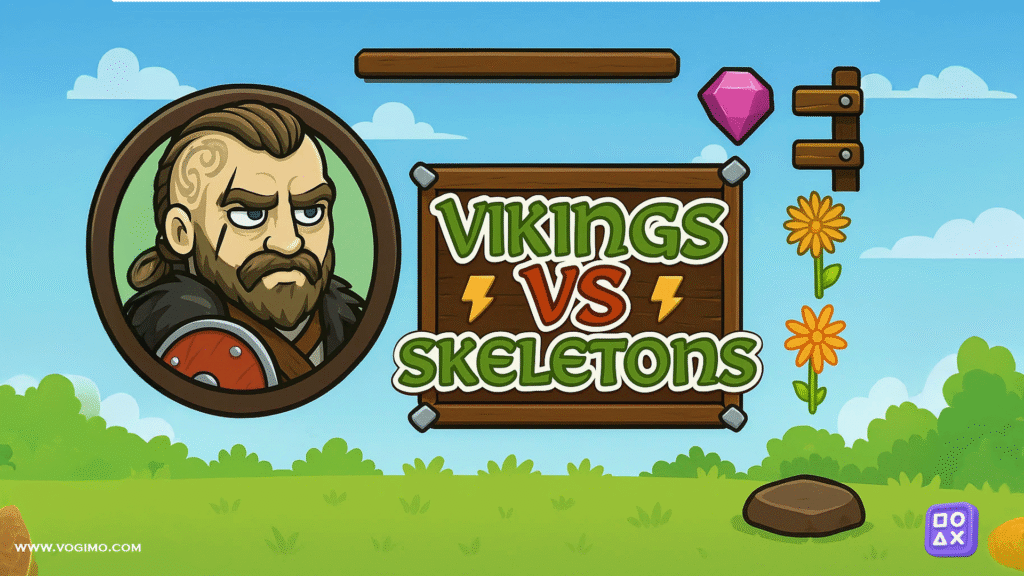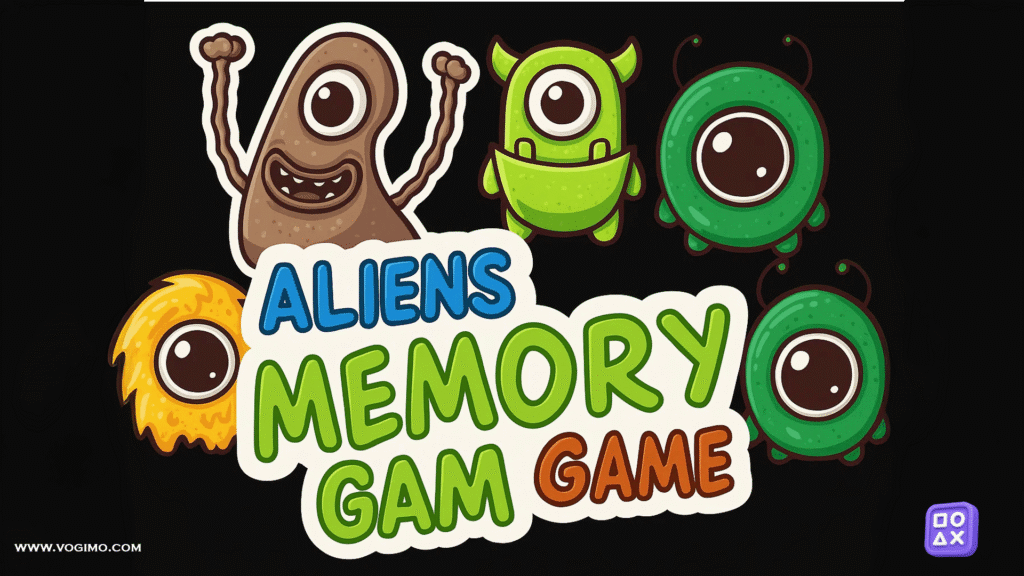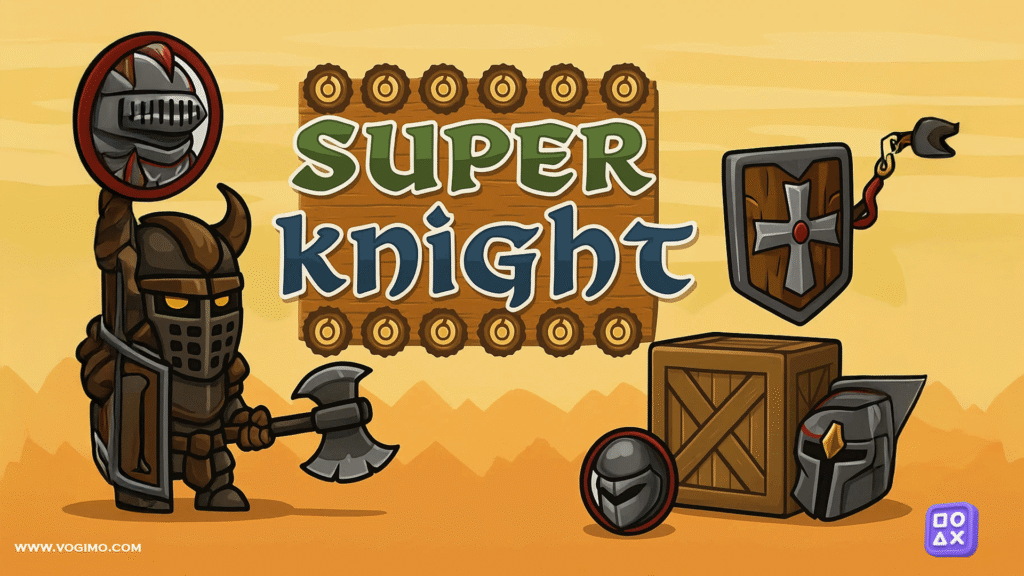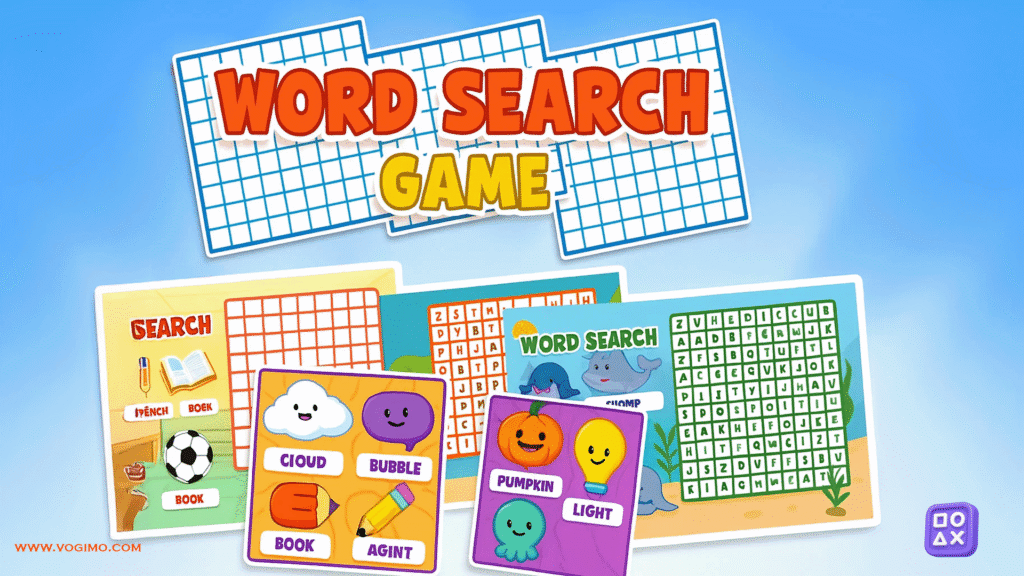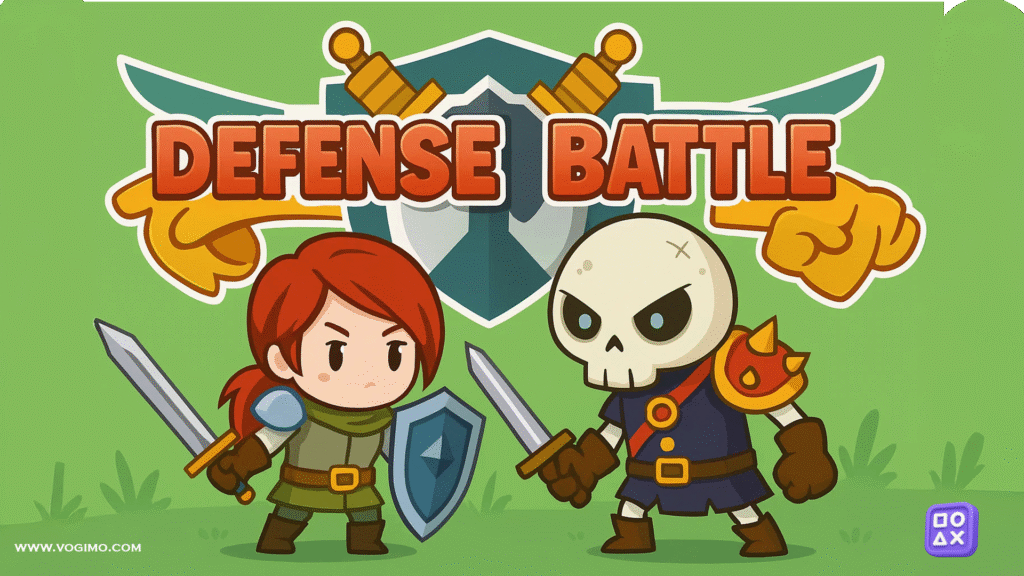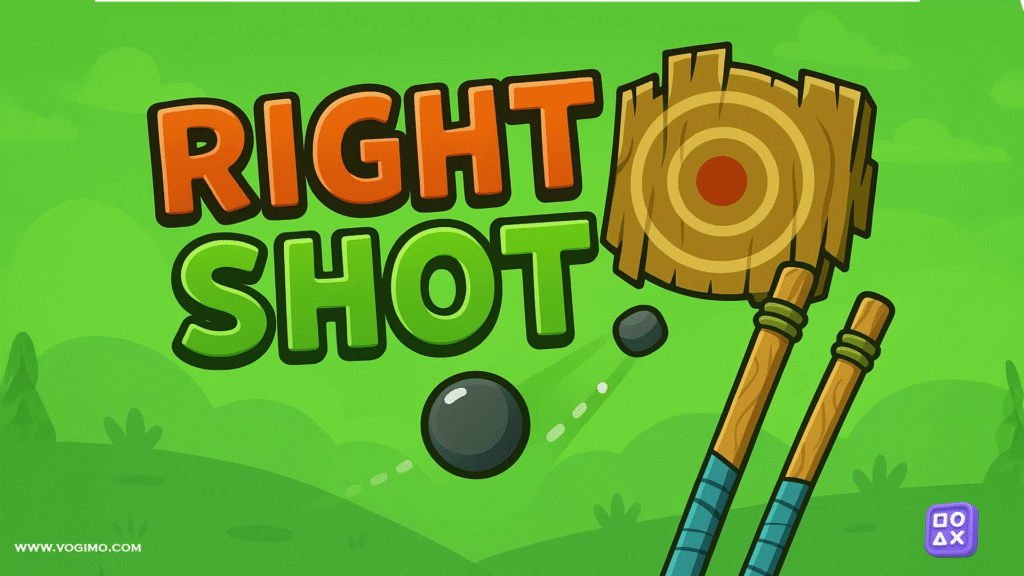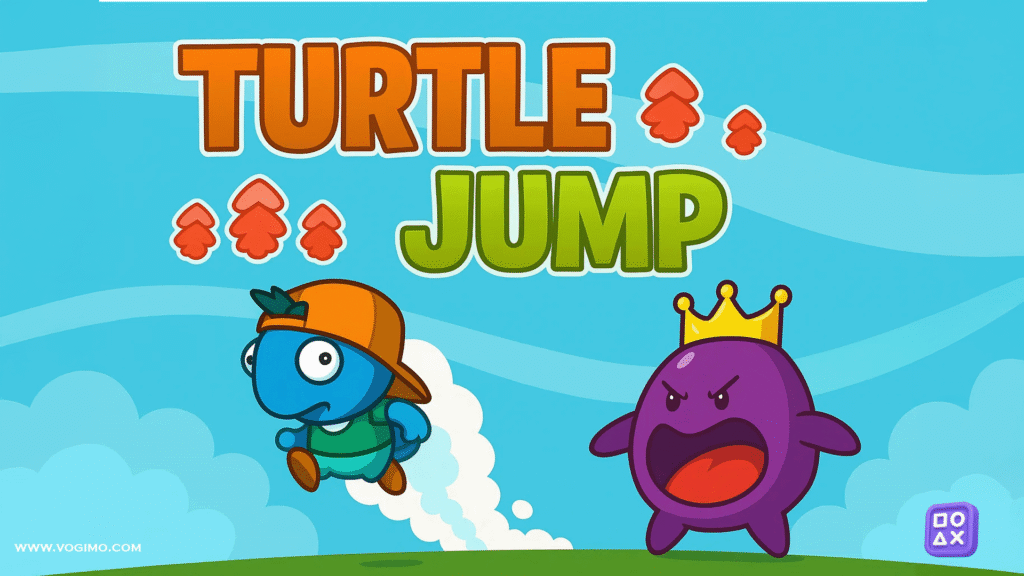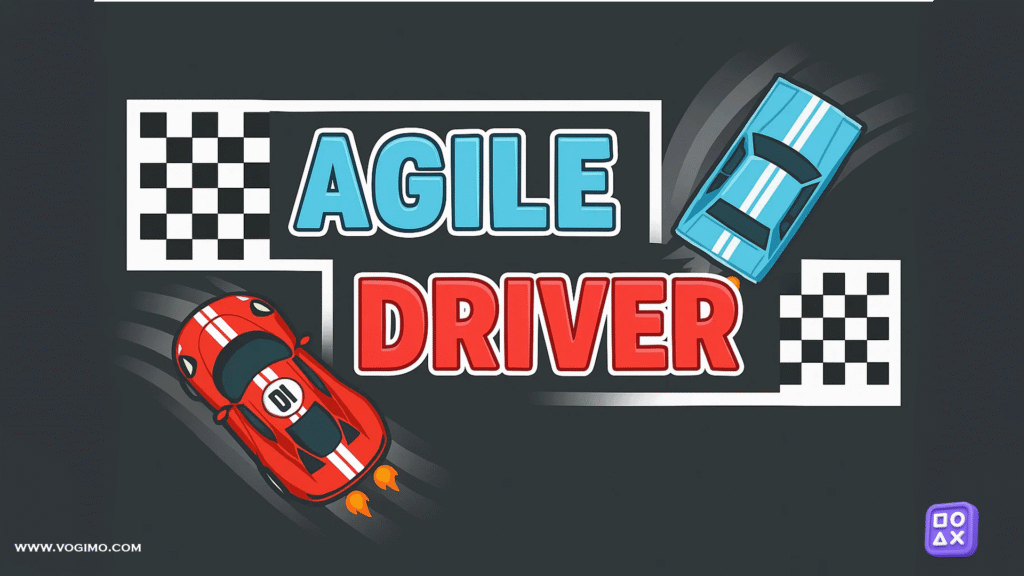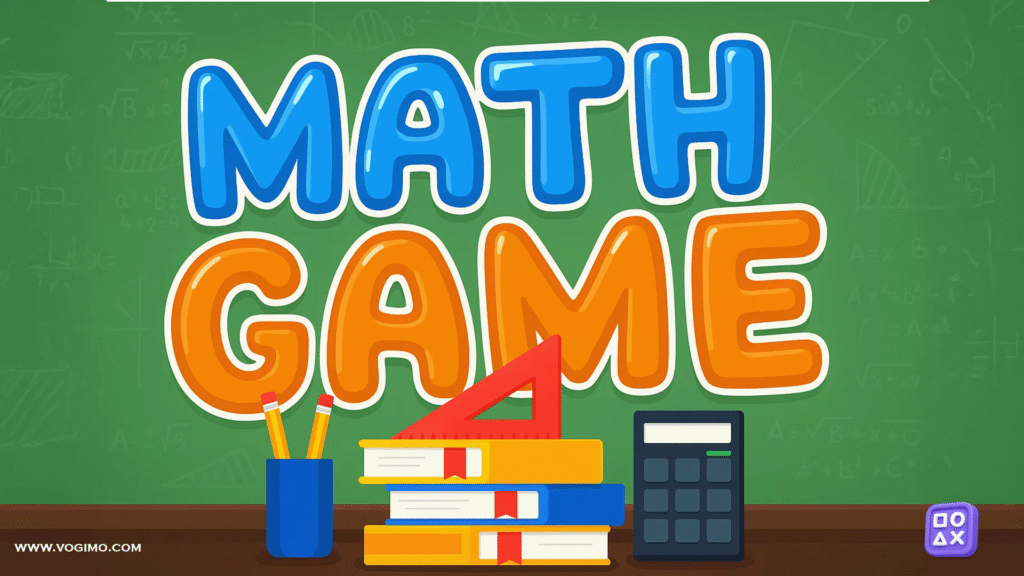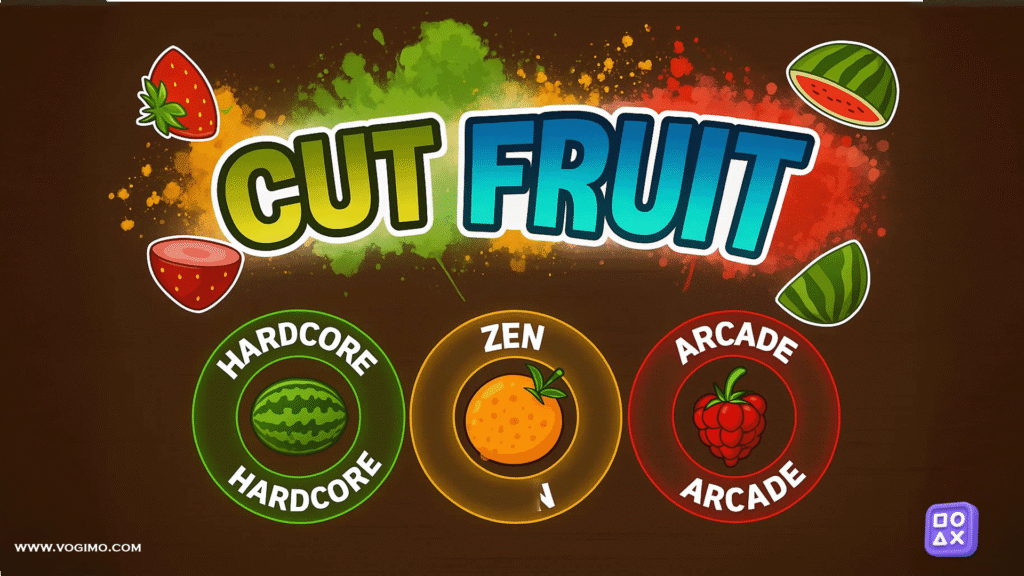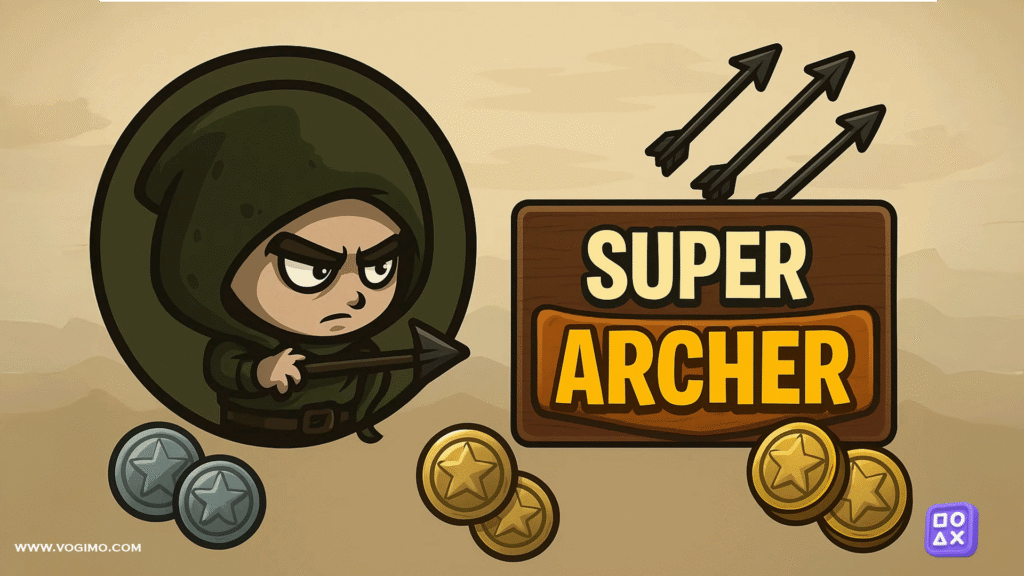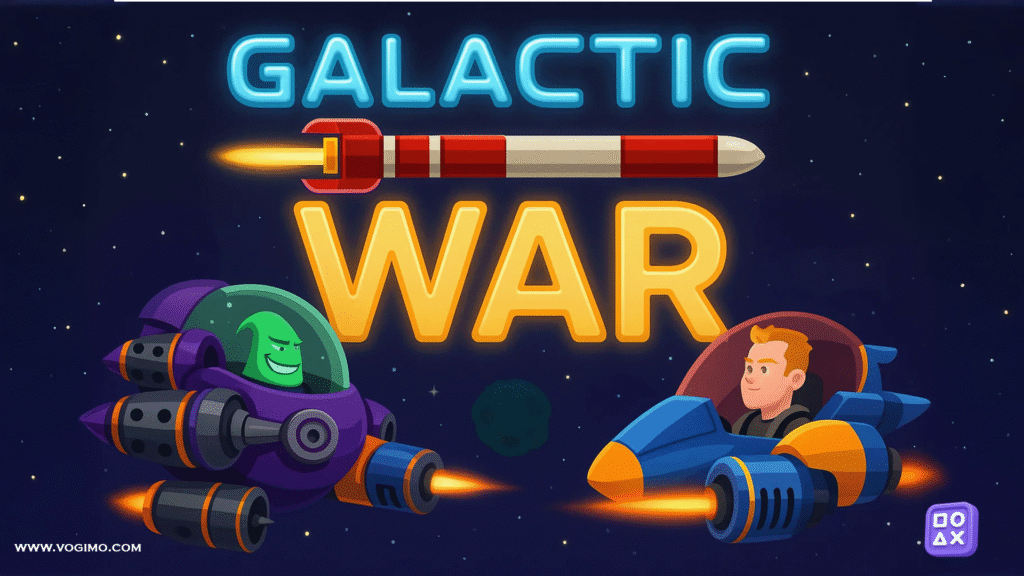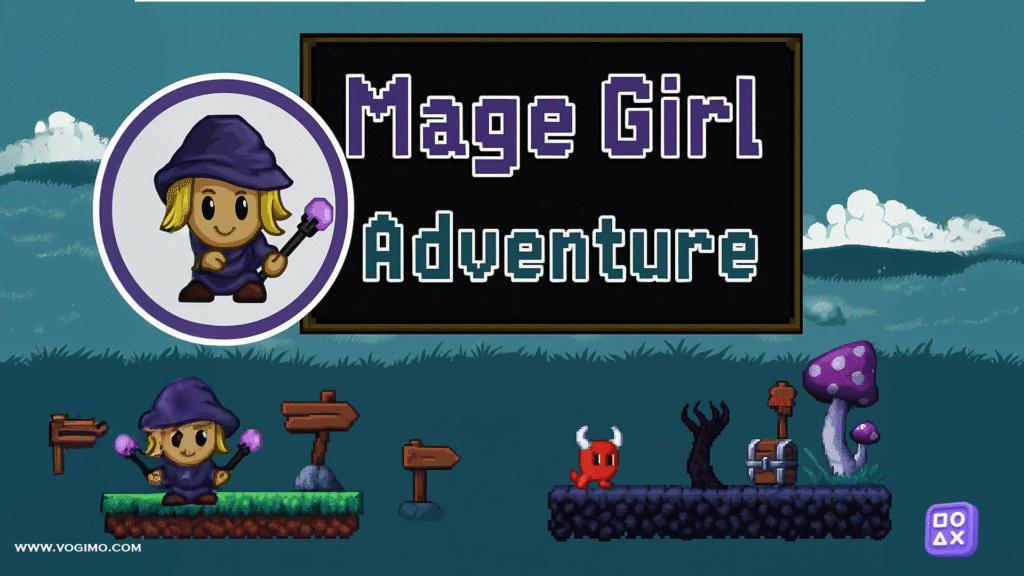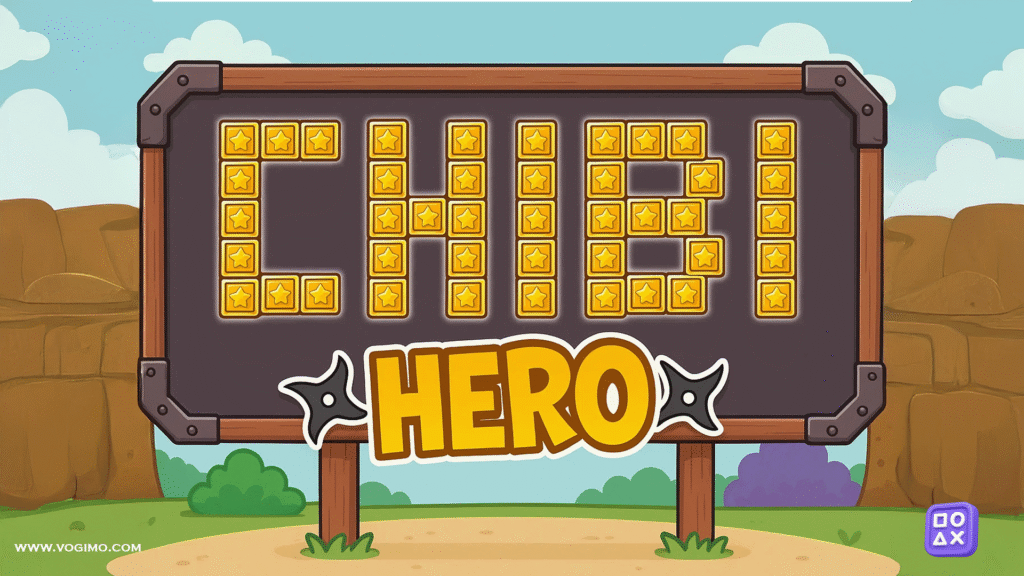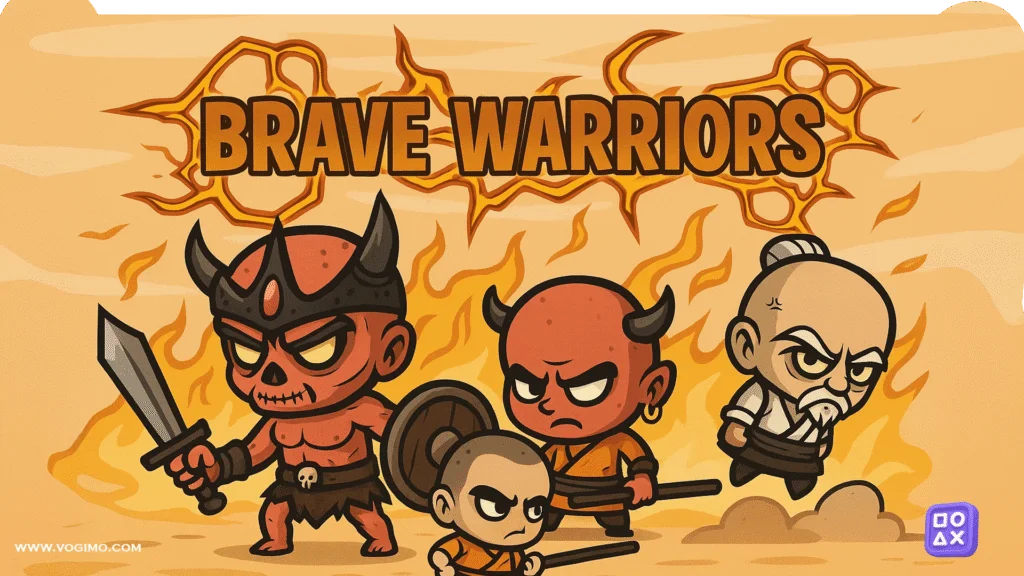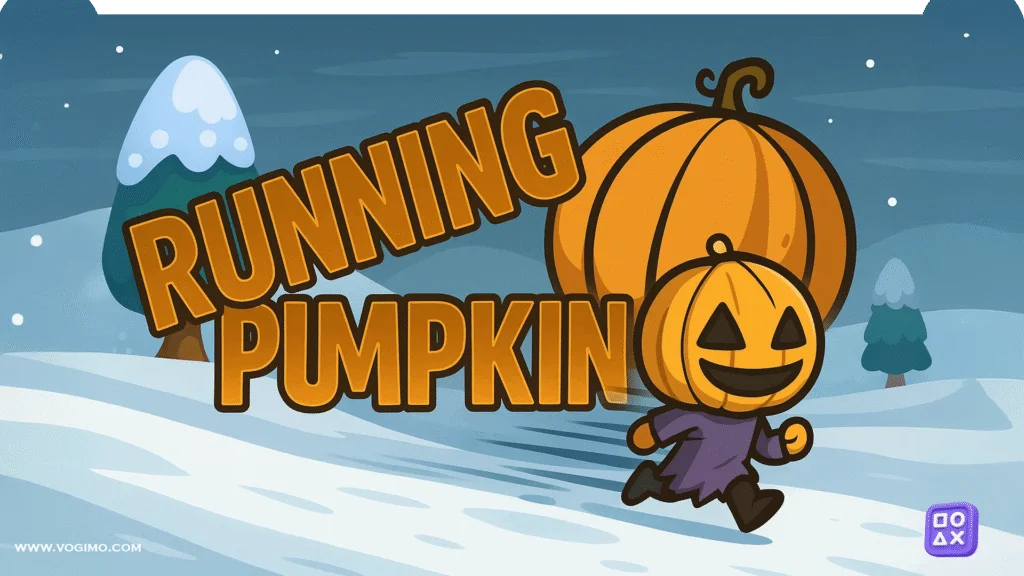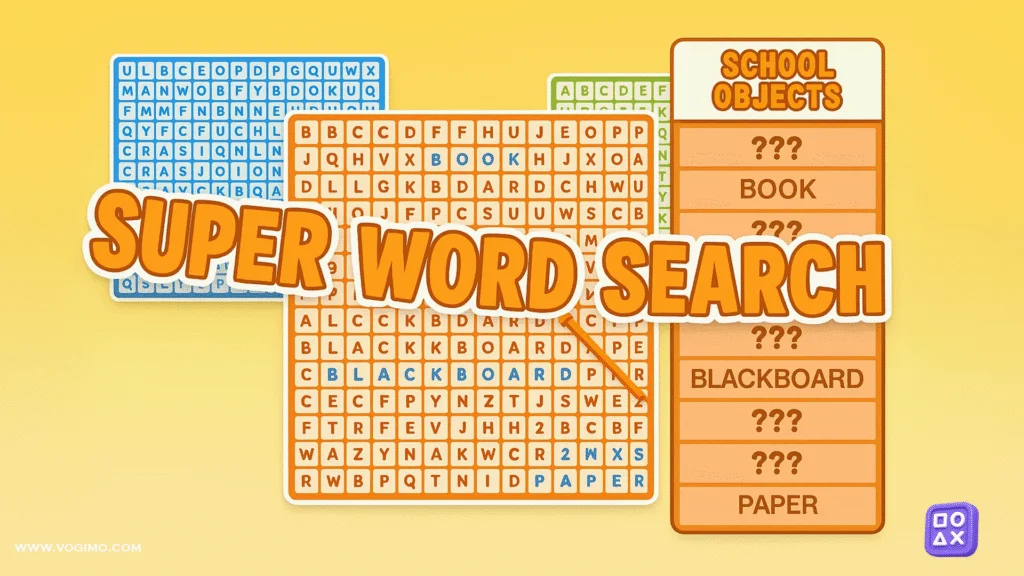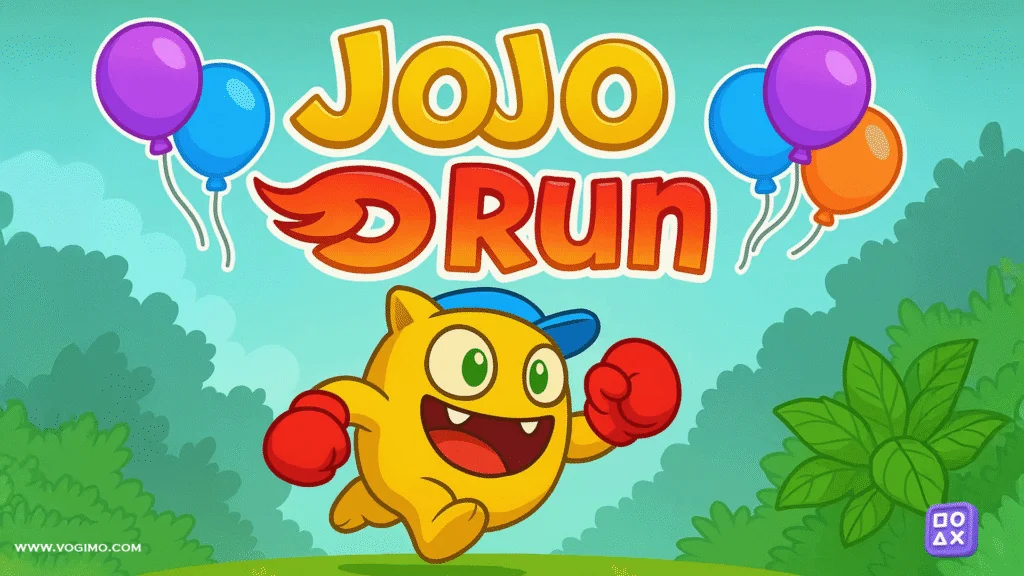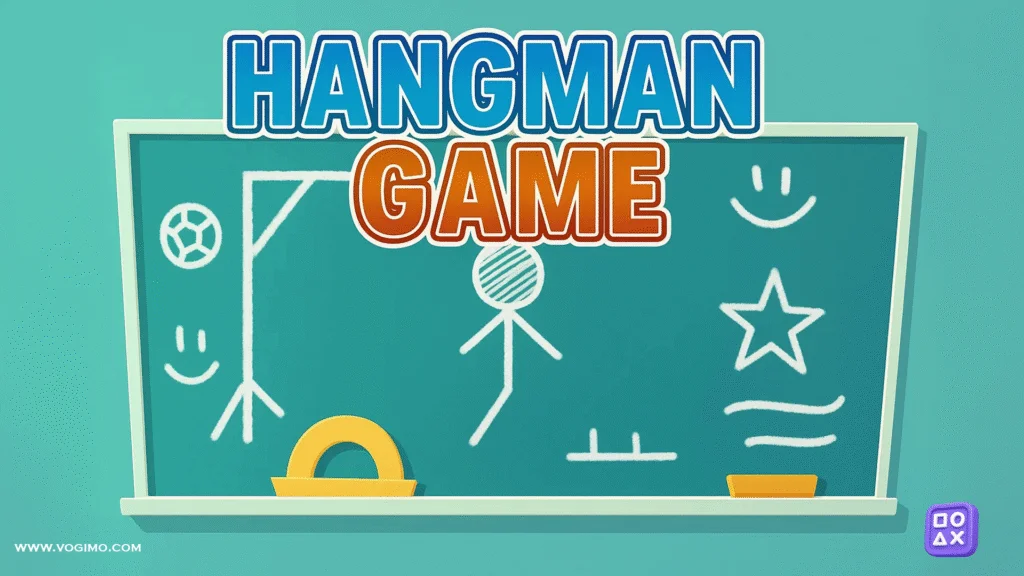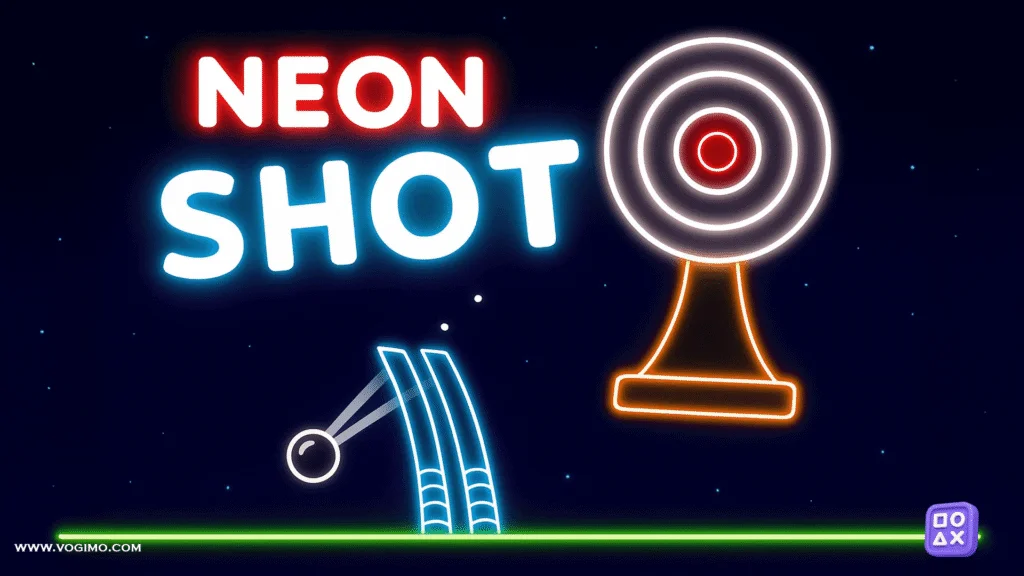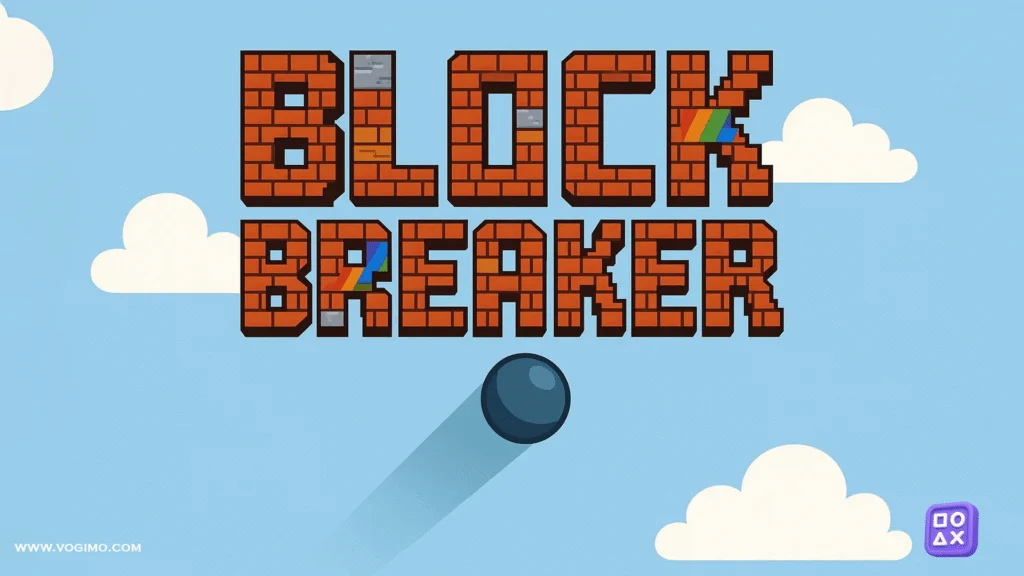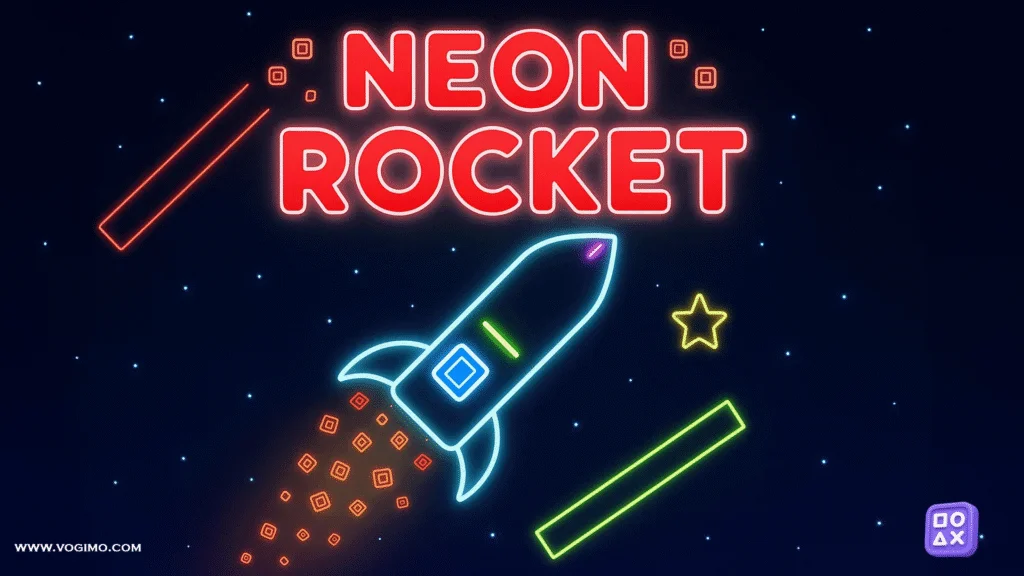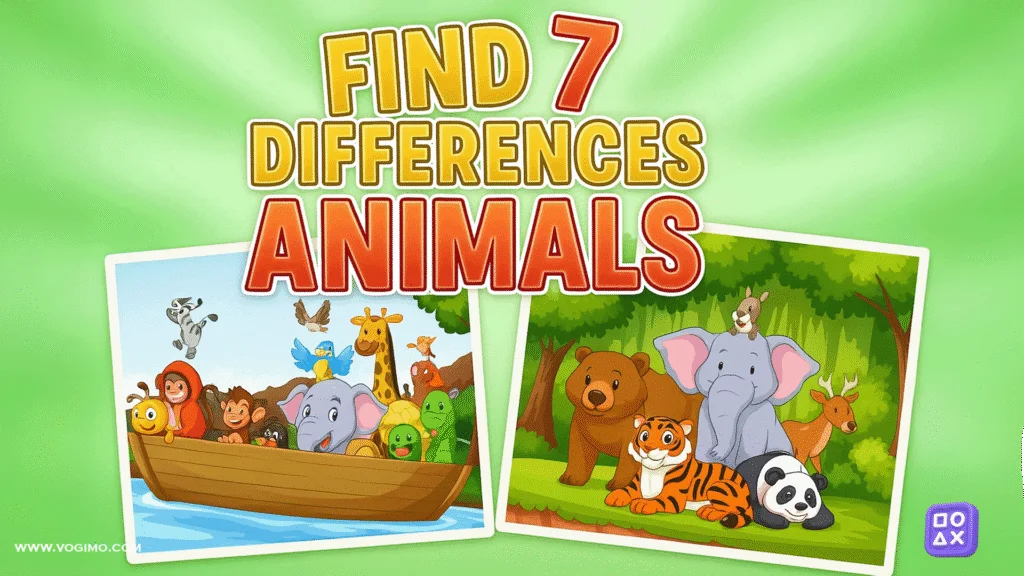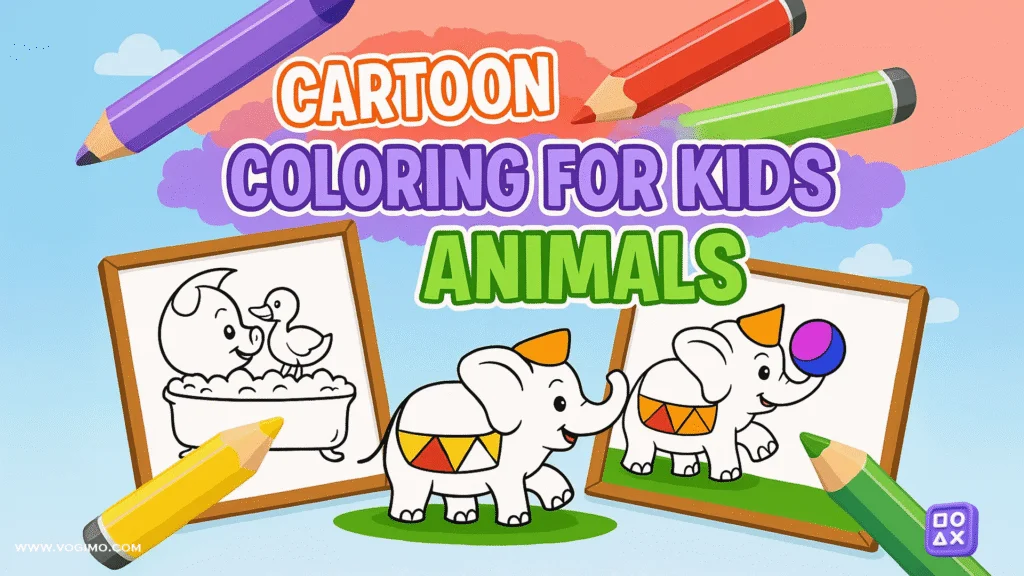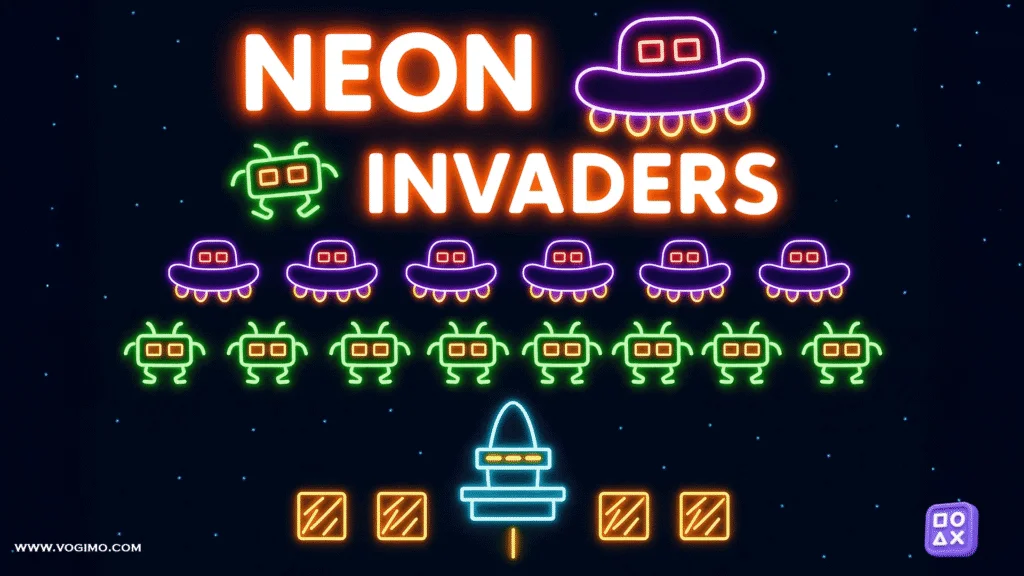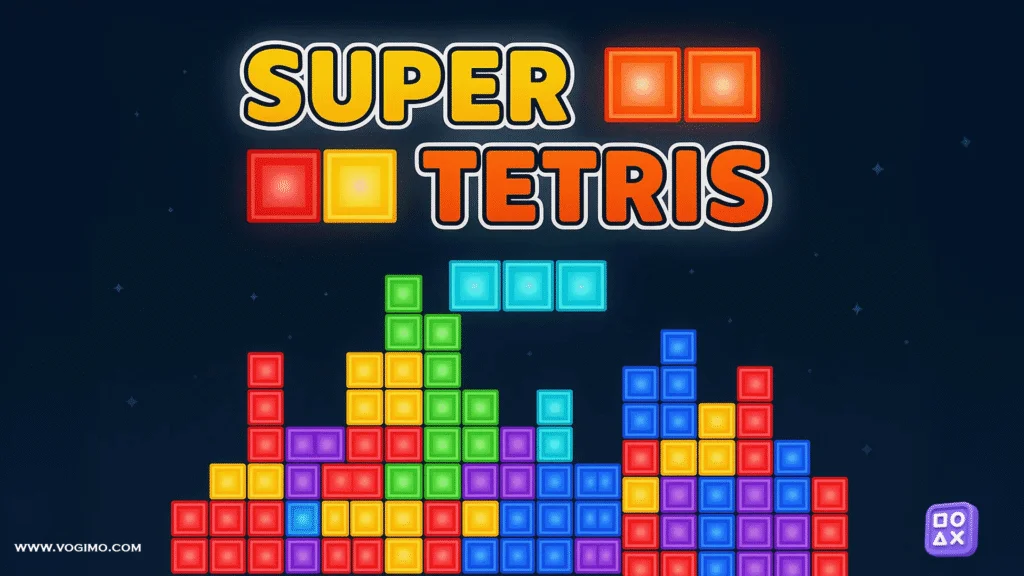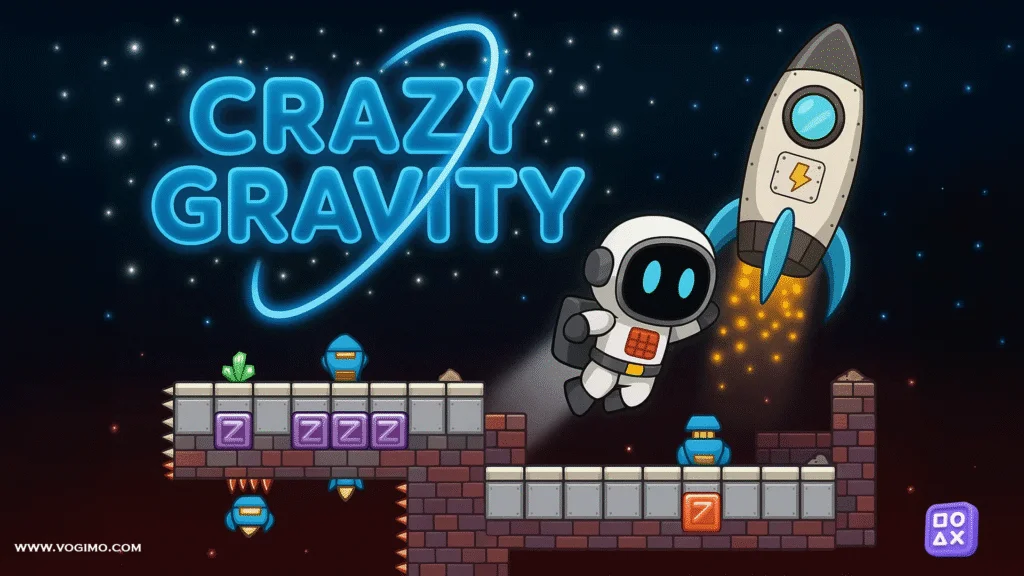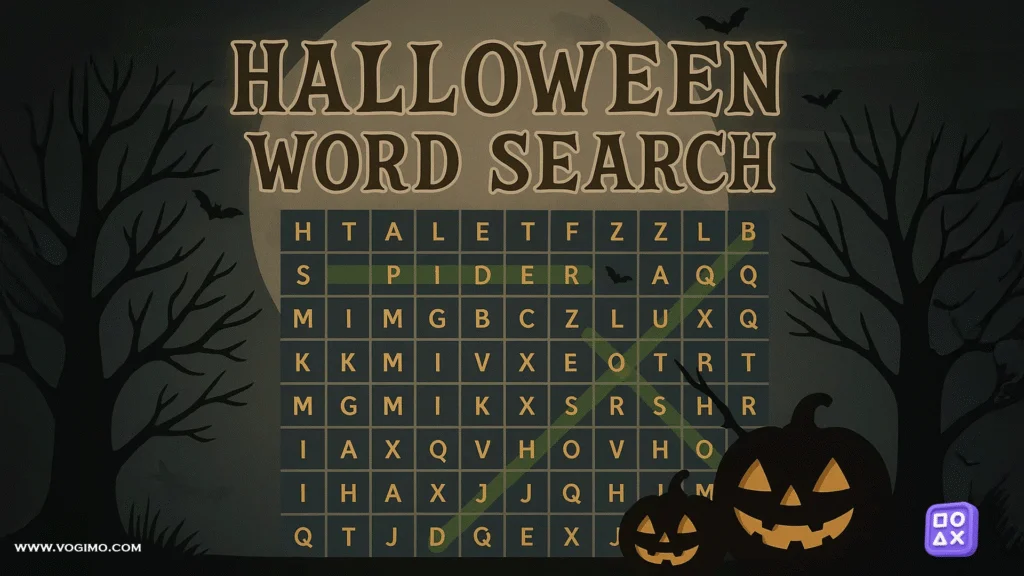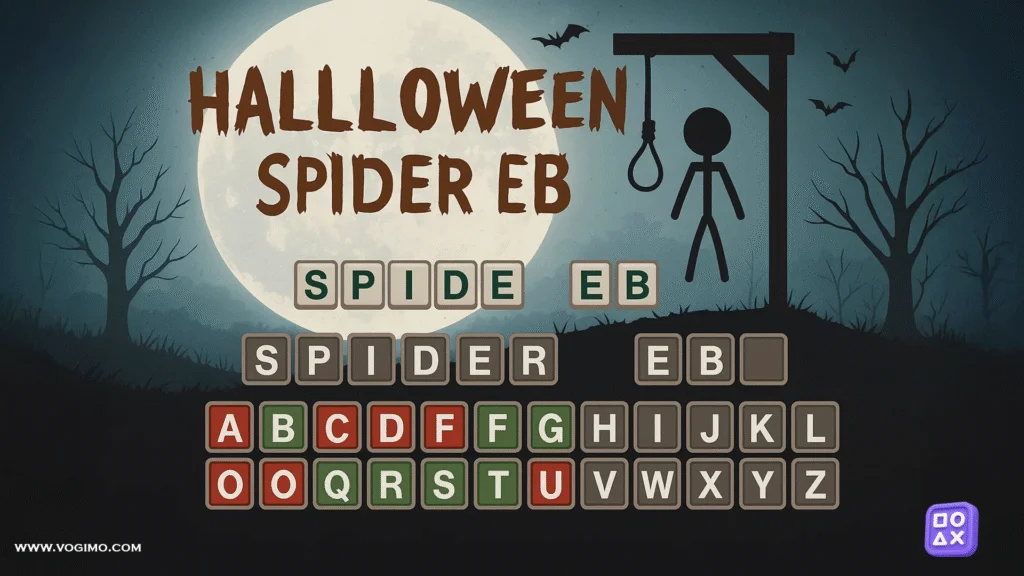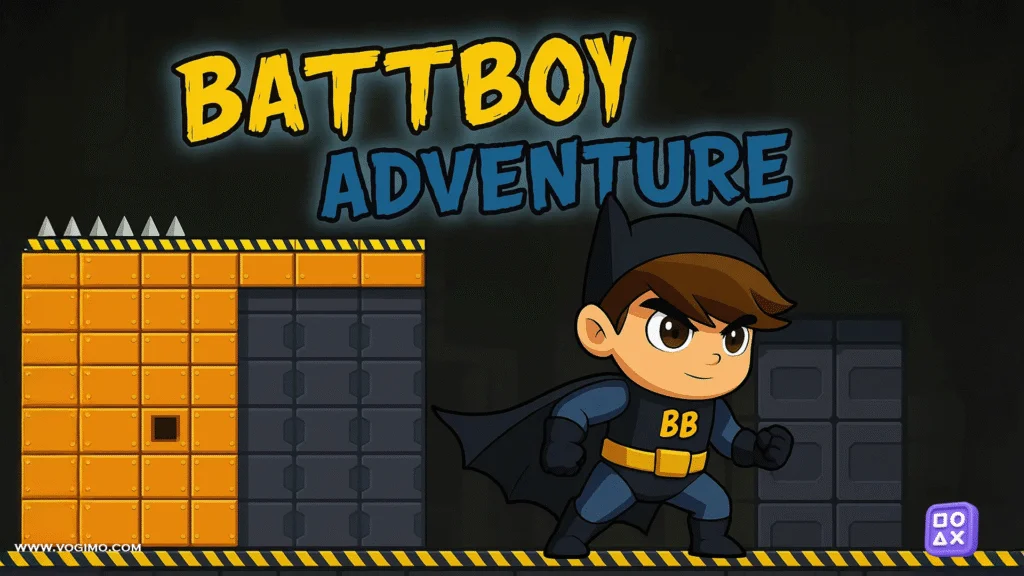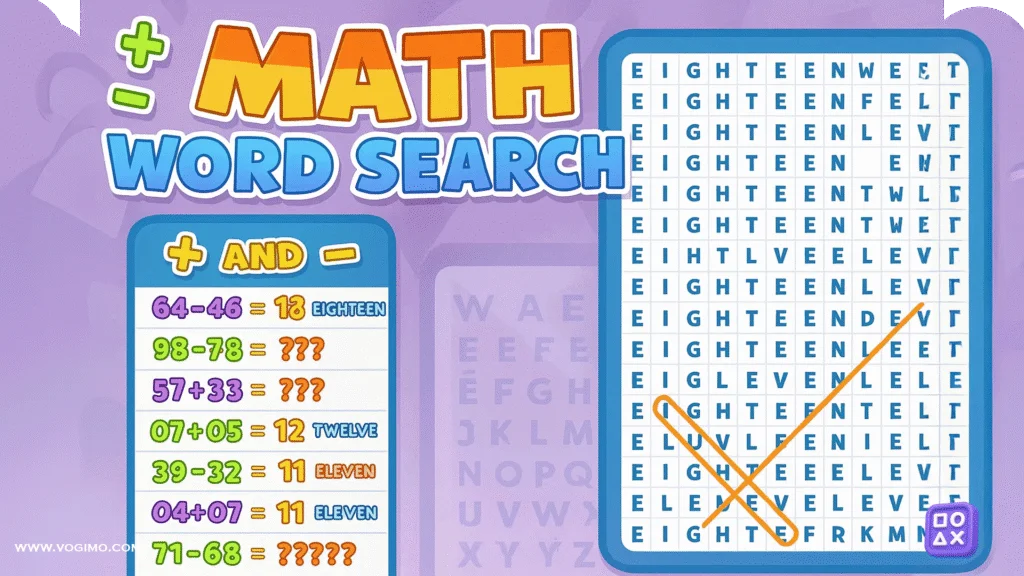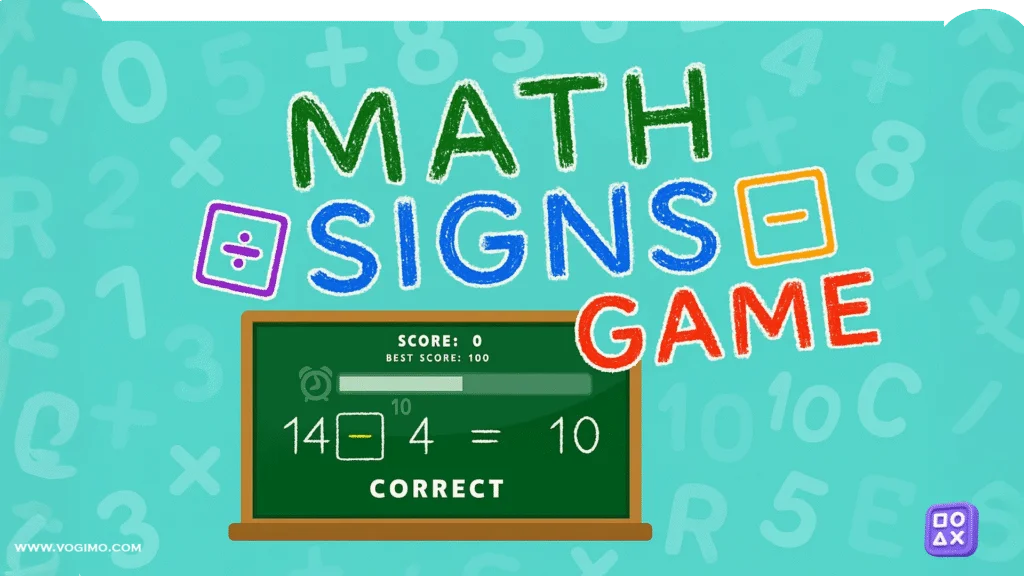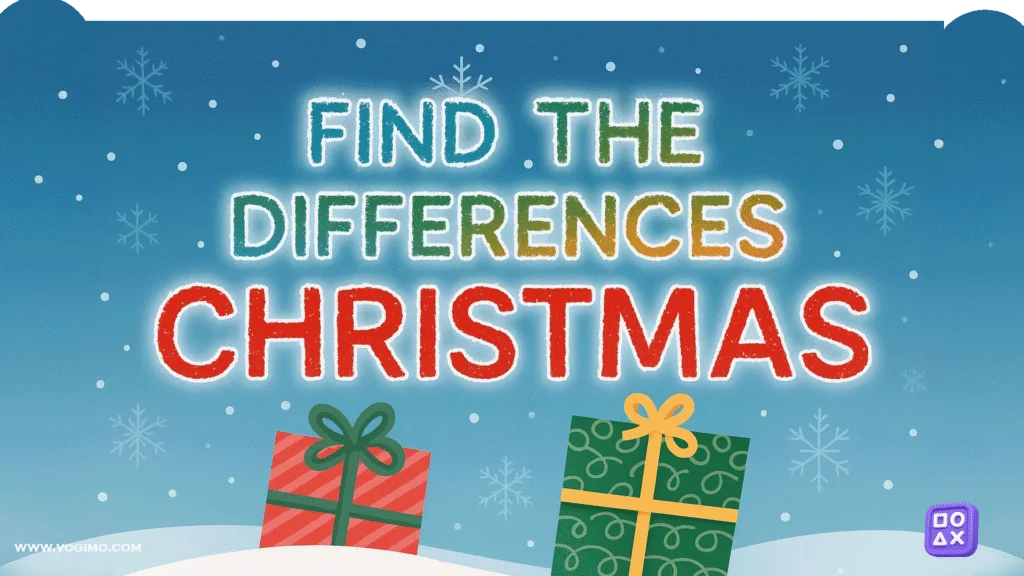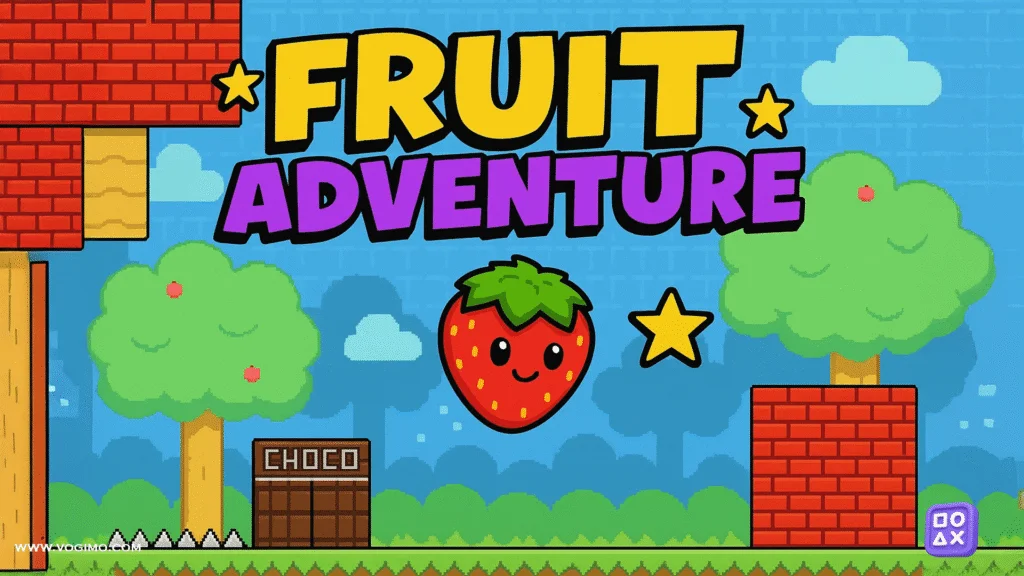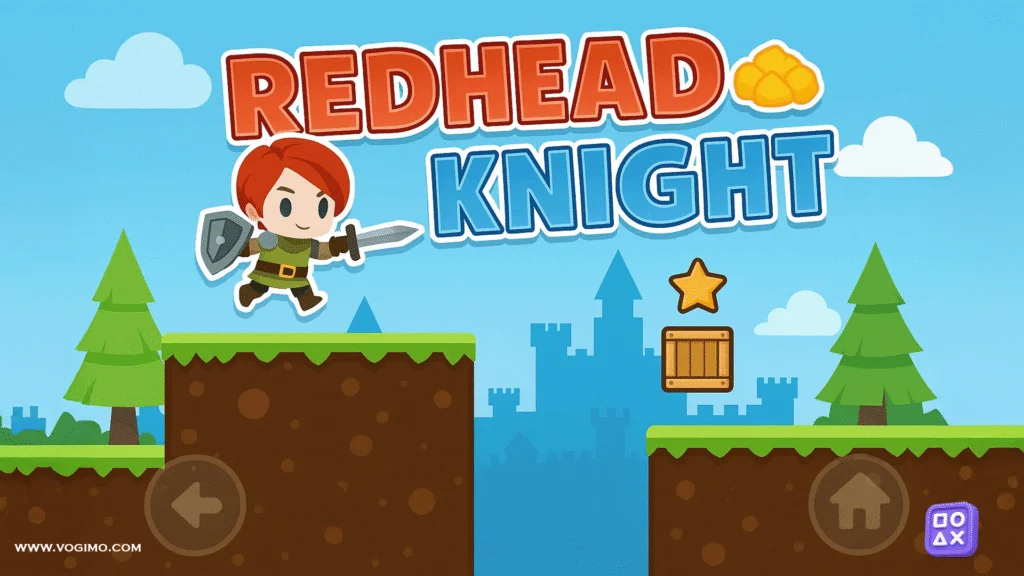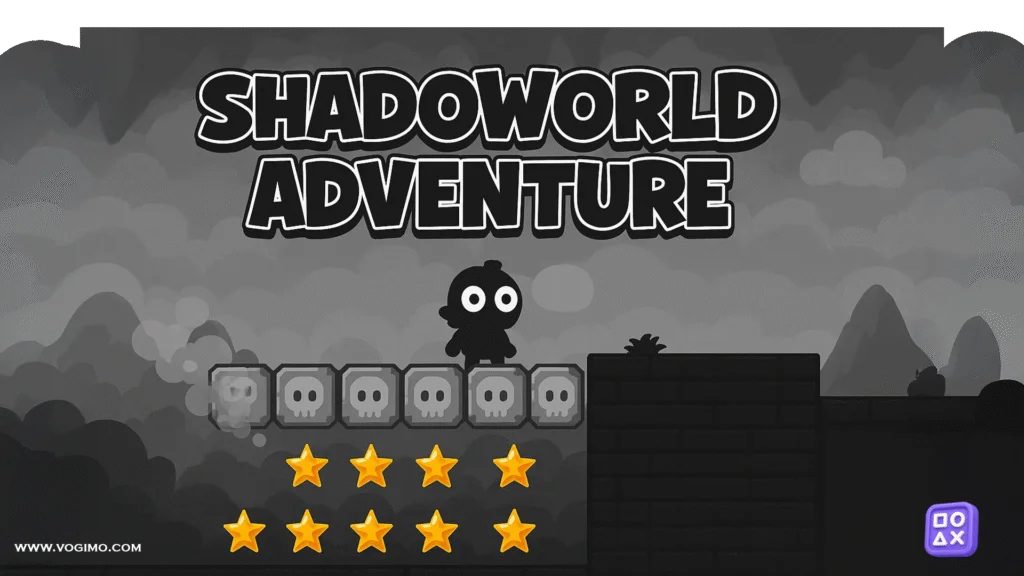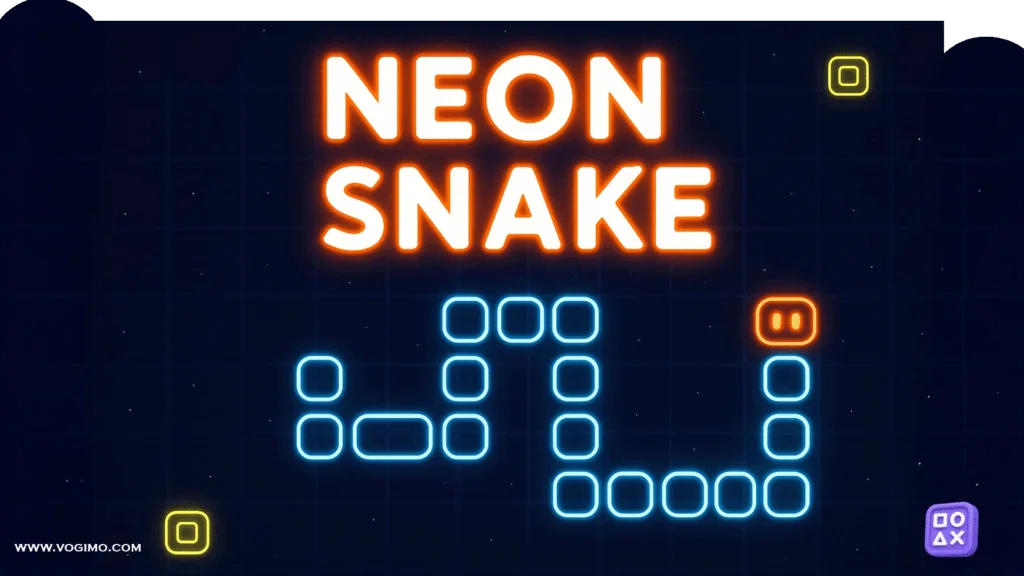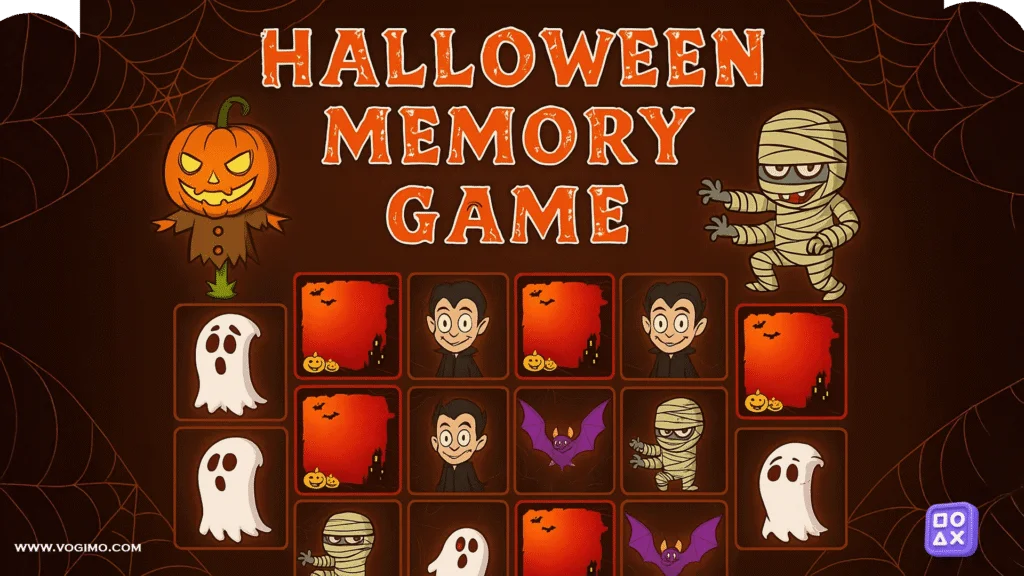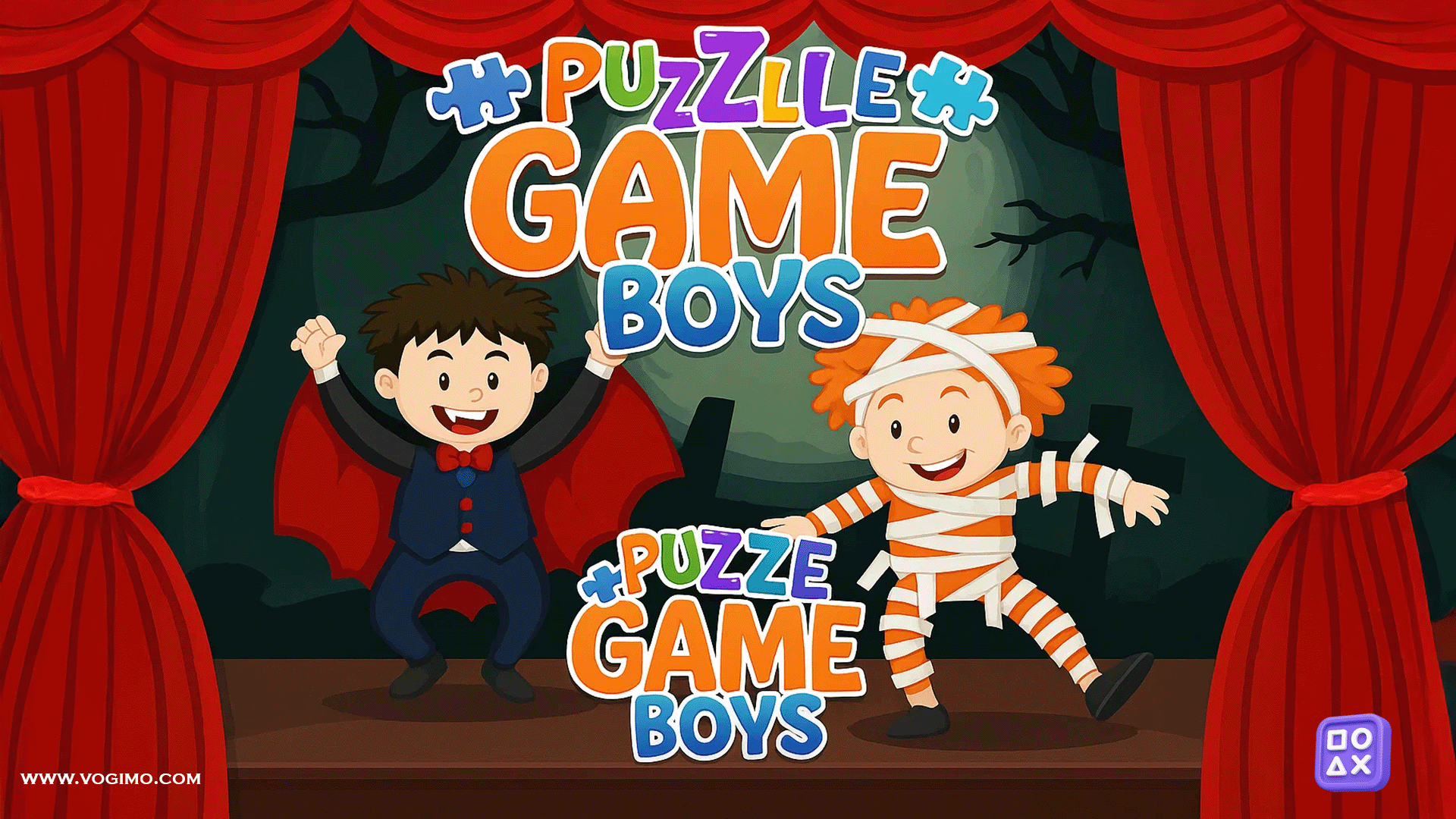Puzzle Game Boys keeps things simple in the best way possible: pick a picture, slide the pieces into place, and smile when the final image snaps together. It’s a classic formula that never gets old. Whether it’s a vibrant scene of a monster truck, a skater in mid-air, or a soccer match, this game delivers a satisfying, clicky rhythm that is universally appealing. While designed as a kids puzzle game, don’t be surprised if adults drift in to “help” and end up finishing a whole scene themselves.
This isn’t just about passing time; it’s a valuable educational puzzle game that quietly sharpens the mind. From cognitive development to spatial reasoning, Puzzle Game Boys offers a safe, engaging environment where learning happens naturally through play. If you are looking for a brain training game that balances fun with mental exercise, this title is a perfect fit for the family rotation.
About This Game
Puzzle Game Boys is a delightful problem-solving game designed to captivate young imaginations while providing a robust mental workout. It serves as an excellent childhood development game, perfect for toddlers, preschoolers, and kindergarteners. The game features a puzzle collection game library, often including up to 9 puzzles game scenarios that range from sports themes to adventurous vehicles.
What makes this game stand out is its focus on learning through play. As players manipulate the pieces, they engage in a critical cognitive development game process. They aren’t just moving images; they are practicing pattern recognition and spatial reasoning. The colorful graphics game design ensures that attention remains high, with vibrant pixel art game elements and engaging animation game feedback that rewards every success.
It creates a safe gaming experience game environment. Parents can relax knowing this is a no violence game with no ads or age-restricted content. It is a teacher recommended game and parent approved game because it fosters skill-building without the high pressure of competitive titles. The satisfaction of completing a puzzle aids in confidence development, making it a truly fun learning experience game.
How to Play
The core loop of Puzzle Game Boys is accessible yet rewarding. The goal is simple: assemble the jumbled pieces to form a complete picture. This logic game relies on observation and memory. Players must scan the board, identify matching edges or colors, and place them correctly. It’s a quick thinking game that also rewards patience.
Mastering the Mechanics
To succeed in this puzzle challenge game, it helps to use a strategy. Start by framing the picture—find the straight edges and corners first to build the border. This shrinks the search space. Next, sort by “story bits” or pattern recognition game cues rather than just color. Look for specific textures like a tire wheel or a net pattern.
As you progress, the game may offer a difficulty progression game structure. You might start on easy difficulty, perfect for a toddler game, and move up to medium difficulty or hard difficulty as your skills improve. Some versions include timed challenges game modes for a speed challenge, or a score tracking game system where you earn a star rating system based on your performance.
For the most seamless responsive design game experience, we highly recommend playing Puzzle Game Boys on Vogimo. The platform ensures that the touch-friendly game mechanics are optimized, making every drag and drop feel crisp and satisfying.
Game Controls
Puzzle Game Boys is a cross-platform game built with accessibility in mind. Whether you are on a computer or a tablet, the intuitive controls game setup ensures that even the youngest players can jump right in.
- Desktop: The game utilizes standard mouse controls game inputs. Simply click on a puzzle piece to grab it, drag it across the screen, and release the mouse button to drop it into place. The snap assist is usually generous, helping pieces lock in when they are close to the correct spot.
- Mobile & Tablet: As a mobile friendly game and tablet compatible game, the controls are perfectly adapted for touchscreens. Use a touch and hold gesture to grab a piece, slide your finger to position it, and lift your finger to release. Short, steady drags work better than frantic swipes.
Features
This HTML5 puzzle game is packed with features that make it a standout title in the genre.
- Educational Value: It is a top-tier educational value game that enhances memory game skills and problem-solving game abilities.
- Engaging Visuals: Enjoy a colorful interface game with cute character game designs that appeal to kids. The vibrant pixel art game style keeps the visual interest high.
- Reward Systems: Many versions include an achievement unlocking game feature or a reward system game to keep players motivated.
- Difficulty Options: With easy difficulty, medium difficulty, and hard difficulty settings, the game grows with the child.
- Relaxing Gameplay: It offers engaging gameplay game that is low-stress. It’s an addictive puzzle challenge game that soothes rather than frustrates.
- Accessibility: Puzzle Game Boys is a free online game. It requires no downloads and is often an offline playable game, making it perfect for travel. It is a browser game that works on almost any device.
Frequently Asked Questions (FAQs)
Q: Is Puzzle Game Boys suitable for very young children?
A: Absolutely. It is designed as a preschool game and kindergarten game. The kid-friendly design game ensures large puzzle pieces and a simple interface that is perfect for developing fine motor skills.
Q: Is there any violence or scary content?
A: No. This is a strictly family-friendly game. It is a no violence game focused on cheerful themes like sports and vehicles, offering a safe gaming experience game for all ages.
Q: Can I play this game on an iPad or Android tablet?
A: Yes. It is a tablet compatible game with a responsive design. The touch-friendly game controls are specifically optimized for mobile devices.
Q: Is this game free to play?
A: Yes, Puzzle Game Boys is a free online game. You can enjoy the full learning through play experience directly in your browser without any cost.
Q: Does the game help with school skills?
A: Yes. It is a skill-building game that helps with cognitive development, spatial reasoning, and pattern recognition, all of which are foundational skills for early education.
